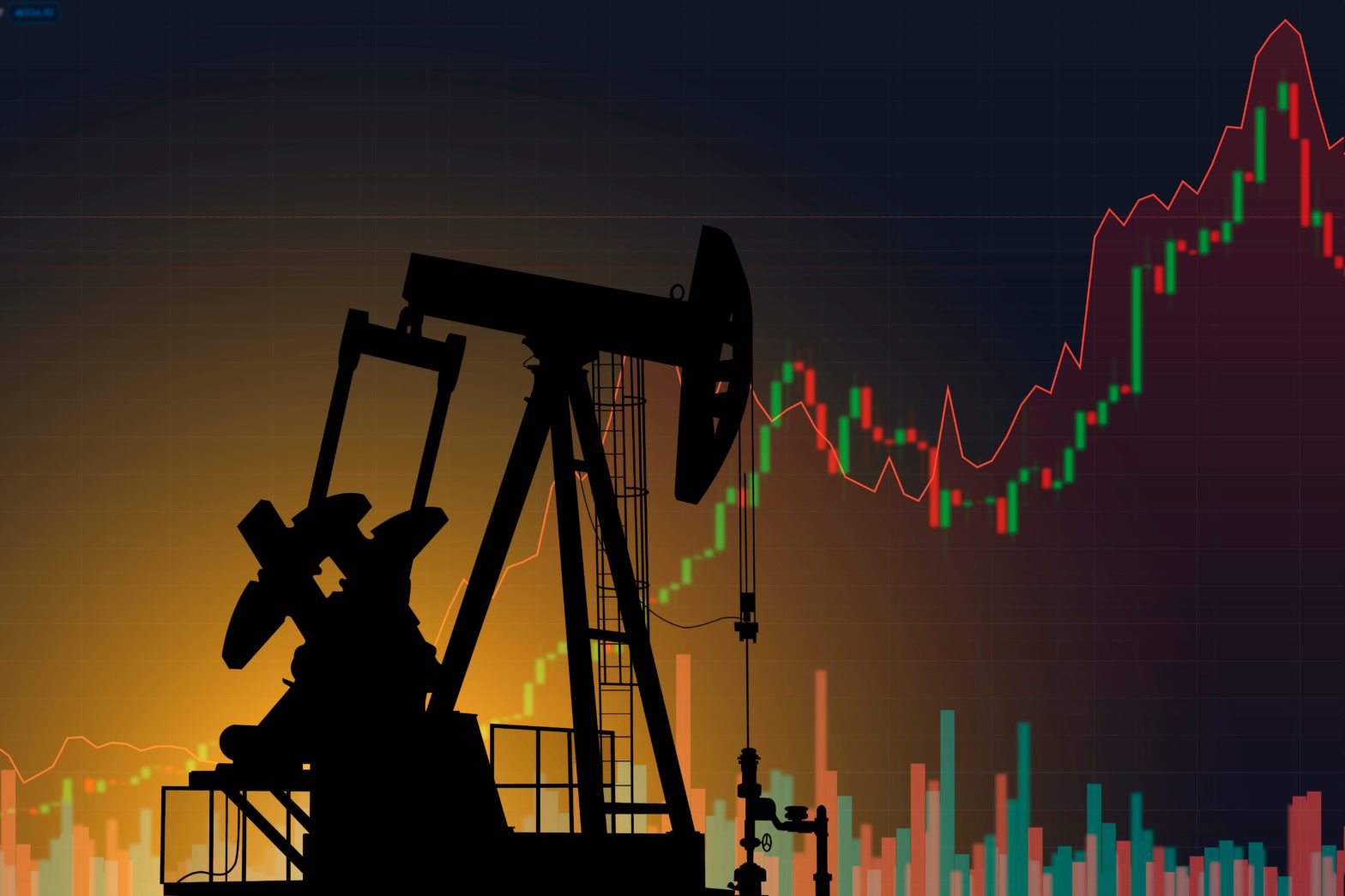Goldman Sachs said it’s still bullish on oil but slashed its price target on Brent crude to $100 a barrel from $125. The surging US dollar and weakening global demand are headwinds to oil prices, according to a note. But low levels of investment, spare production capacity, and inventories point to supply-side tailwinds. Loading Something is loading.
Goldman Sachs cut its forecast for oil prices as demand falls and the US dollar strengthens, according to a note published Tuesday.
Chinese demand in particular will weigh on oil prices, and the bank expects China’s reopening from zero-COVID policies won’t happen until next summer, leaving 2023 oil demand flat compared to the fourth quarter of this year.
Analysts now see Brent crude averaging $100 a barrel from October to December and $108 a barrel in 2023. That’s down from a prior target of $125 for both time periods. On Friday, Brent traded around $88 a barrel.
Still, Goldman remains bullish overall and sees the recent “investor exodus” that priced in a large recession for crude to be overdone: “we believe that the decline in oil prices has overshot the downside risks to global oil demand.”
Bolstering the bank’s confidence that oil will rally are several supply-side tailwinds, with investment, spare production capacity, and inventories all low.
Meanwhile, the Biden administration’s releases from the Strategic Petroleum Reserve will stop this autumn, and the European Union’s embargo on seaborne Russian oil imports will kick in by December, tightening the supply picture further.
And even under Goldman’s lower demand forecasts, the current price of oil is supported by the supply outlook as it would require Russian oil production to surge to 12 million barrels a day, which is an “impossible prospect” due to its recent decline and escalation in the Ukraine war. In August, production was just over 10.5 million barrels per day.
“While we acknowledge that the short-term path to prices is likely to remain volatile, with the USD in the (opposite) driving seat, we find our conviction in the long-term bullish view only reinforced by the ongoing global supply disappointments,” the note said.
Oil prices have been declining in recent months as central banks tighten monetary policy to tame inflation and China keeps demand on the sidelines due to COVID-19 lockdowns.
Aggressive rate hikes from the Federal Reserve have also lifted the dollar to 20-year highs. And because most oil contracts are priced in dollars, a rising greenback makes crude more expensive for international buyers and weakens demand.
“A strong US dollar and falling demand expectations will remain powerful headwinds to prices into year-end,” according to the note. “Yet, the structural bullish supply set-up — due to the lack of investment, low spare capacity and inventories — has only grown stronger, inevitably requiring much higher prices.”
